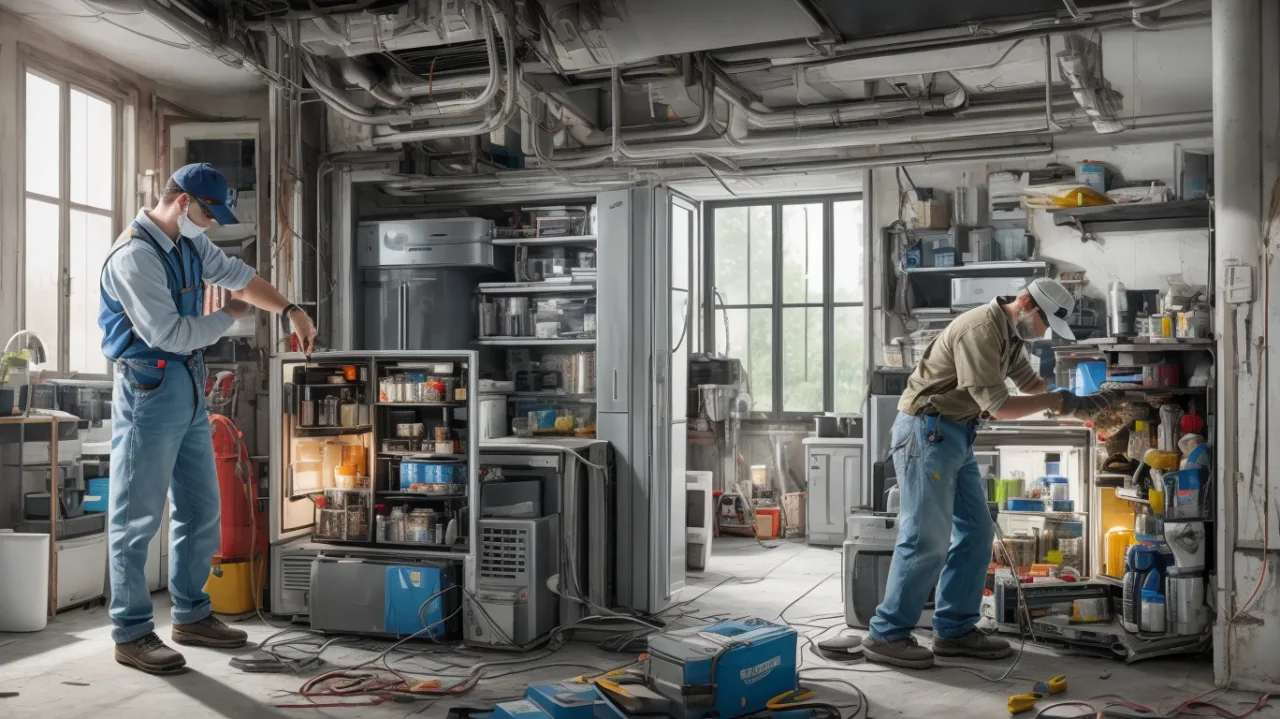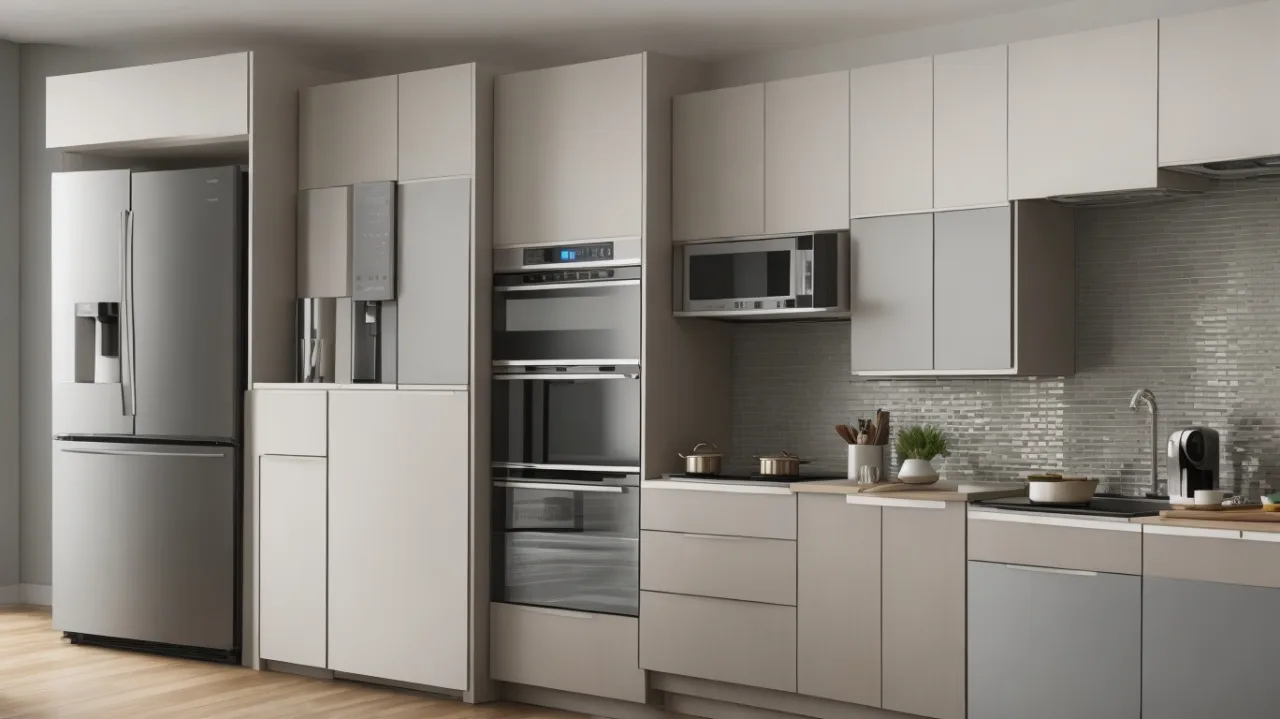Guide to Fixing a Refrigerator When It Doesn’t Cool
At our appliance repair company, we understand how frustrating it can be when your refrigerator fails to cool properly. This issue can cause concern for food safety and create inconvenience in your home. But don’t worry, we’re here to help you solve this problem efficiently and effectively. In this detailed guide, we’ll provide you with practical steps to diagnose and fix the issue of your refrigerator not cooling adequately.
Step 1: Check Temperature and Thermostat Settings
The first step in resolving the issue of a refrigerator not cooling is to check the temperature and thermostat settings:
Step 1.1: Check Temperature
Open the refrigerator and verify the temperature using a thermometer. The optimal refrigerator temperature should be between 2°C and 4°C.
Step 1.2: Adjust Thermostat
Check the thermostat setting and adjust it if necessary. Ensure it is set to an appropriate temperature for food preservation.
Step 2: Clean Condensers and Coils

Dirty condensers and coils can hinder proper cooling of the refrigerator. Follow these steps to clean them:
Step 2.1: Disconnect the Refrigerator
Unplug the refrigerator from the electrical outlet and turn off the water supply valve if necessary.
Step 2.2: Locate and Clean Condensers
Locate the condensers at the back or bottom of the refrigerator and clean any accumulated dirt or dust with a soft brush or vacuum cleaner.
Step 2.3: Clean Coils
Locate the coils behind the front grille or at the back of the refrigerator and clean any accumulated dirt or lint with a soft brush or duster.
Step 3: Check Door Seal
A defective door seal can allow warm air to enter, making it difficult for the refrigerator to cool properly. Follow these steps to check the door seal:
Step 3.1: Inspect Seal
Visually inspect the door seal for cracks, tears, or deformations.
Step 3.2: Test Seal Tightness
Close the refrigerator door with a piece of paper placed between the seal and the frame. Gently tug on the paper. If it comes off easily, the seal may need to be replaced.
Step 4: Check Evaporator Fan
The evaporator fan is responsible for circulating cold air inside the refrigerator. Follow these steps to check its operation:
Step 4.1: Locate the Fan
Locate the evaporator fan inside the refrigerator, usually located at the back of the freezer compartment.
Step 4.2: Verify Operation
Open the freezer door and listen for the sound of the fan running. If you can’t hear the fan, it may be defective and need to be replaced.
Step 5: Check Compressor
The compressor is the heart of the refrigerator’s cooling system. Follow these steps to check its operation:
Step 5.1: Listen and Observe
Listen to and observe the compressor while it’s running. You should be able to hear a gentle hum and feel vibrations.
Step 5.2: Verify Temperature
Check the temperature inside the refrigerator after the compressor has been running for a while. If the temperature hasn’t dropped, the compressor may be defective and need repair or replacement.
Frequently Asked Questions (FAQs)
FAQ 1: Why is my refrigerator not cooling properly?
Answer: The refrigerator may not be cooling properly due to incorrect temperature settings, dirty condensers or coils, a defective door seal, a faulty evaporator fan, or a defective compressor.
FAQ 2: Can I fix the issue myself?
Answer: Some refrigerator cooling issues can be addressed by the owner by following the appropriate steps. However, other issues may require the assistance of a professional appliance repair technician.
FAQ 3: How long does it take to fix a refrigerator that doesn’t cool?
Answer: The time required to repair a refrigerator that doesn’t cool depends on the underlying cause of the problem and the availability of necessary spare parts.
FAQ 4: How can I prevent future refrigerator cooling issues?
Answer: To prevent future refrigerator cooling issues, regular maintenance is recommended, such as cleaning condensers and coils, checking and replacing the door seal if necessary, and ensuring the evaporator fan and compressor are functioning properly.
FAQ 5: What should I do if none of the guide’s steps solve the problem?
Answer: If you’ve followed all the steps in this guide and the problem persists, we recommend contacting a professional appliance repair technician for further assistance.
Conclusion & Repair
With this detailed guide, we hope to have provided you with the knowledge and tools necessary to address the issue of your refrigerator not cooling properly. Remember to follow each step carefully and cautiously to ensure an effective and safe solution. If you need additional assistance or the problem persists, don’t hesitate to contact us. We’re here to help you keep your appliances in top condition and your home running smoothly.

